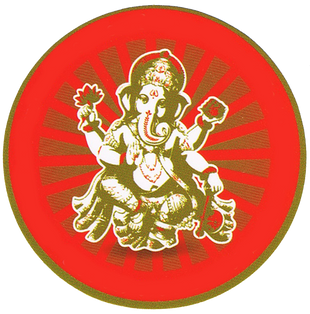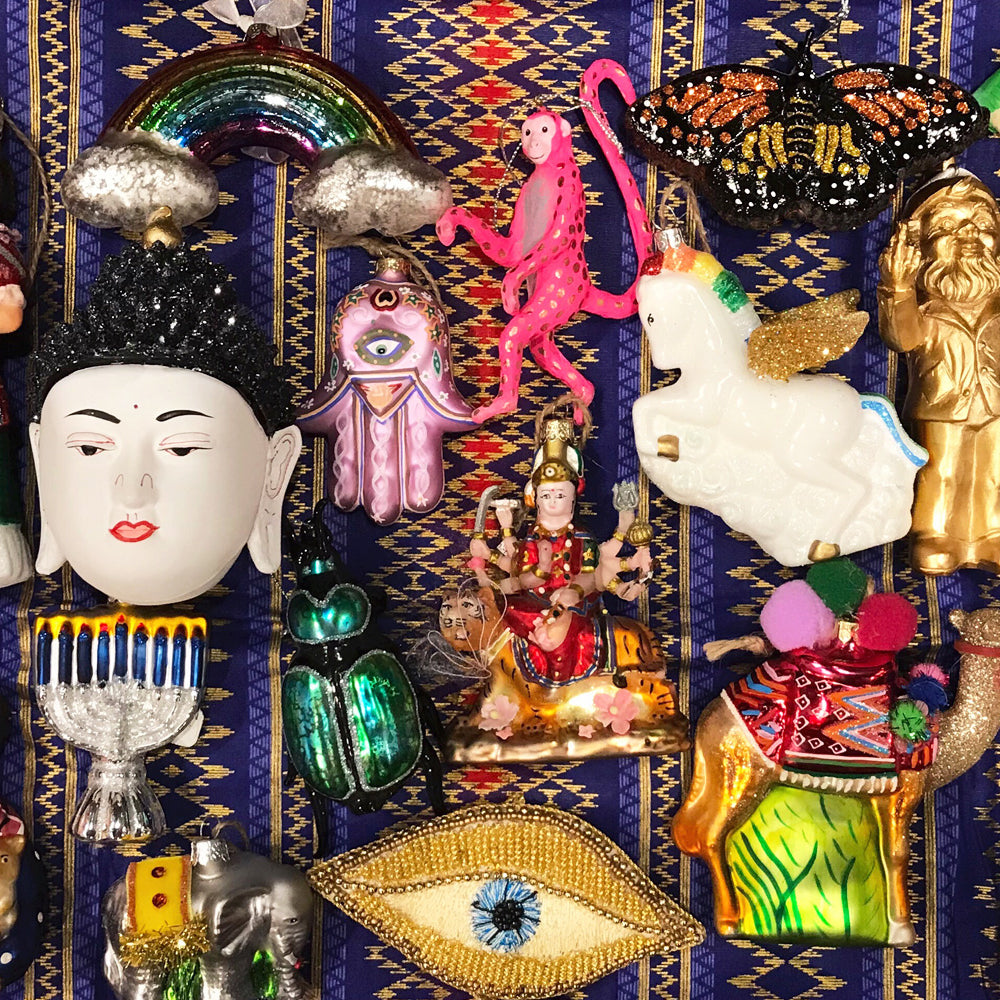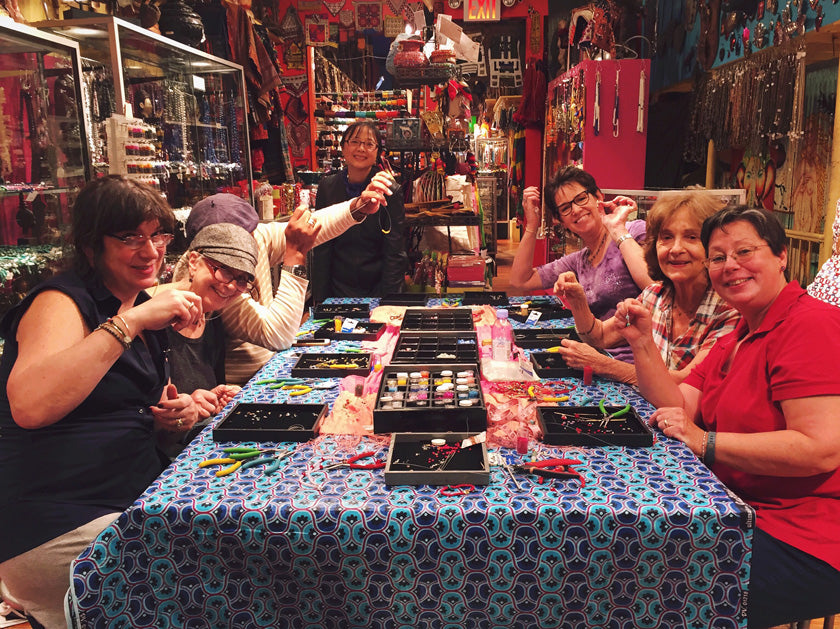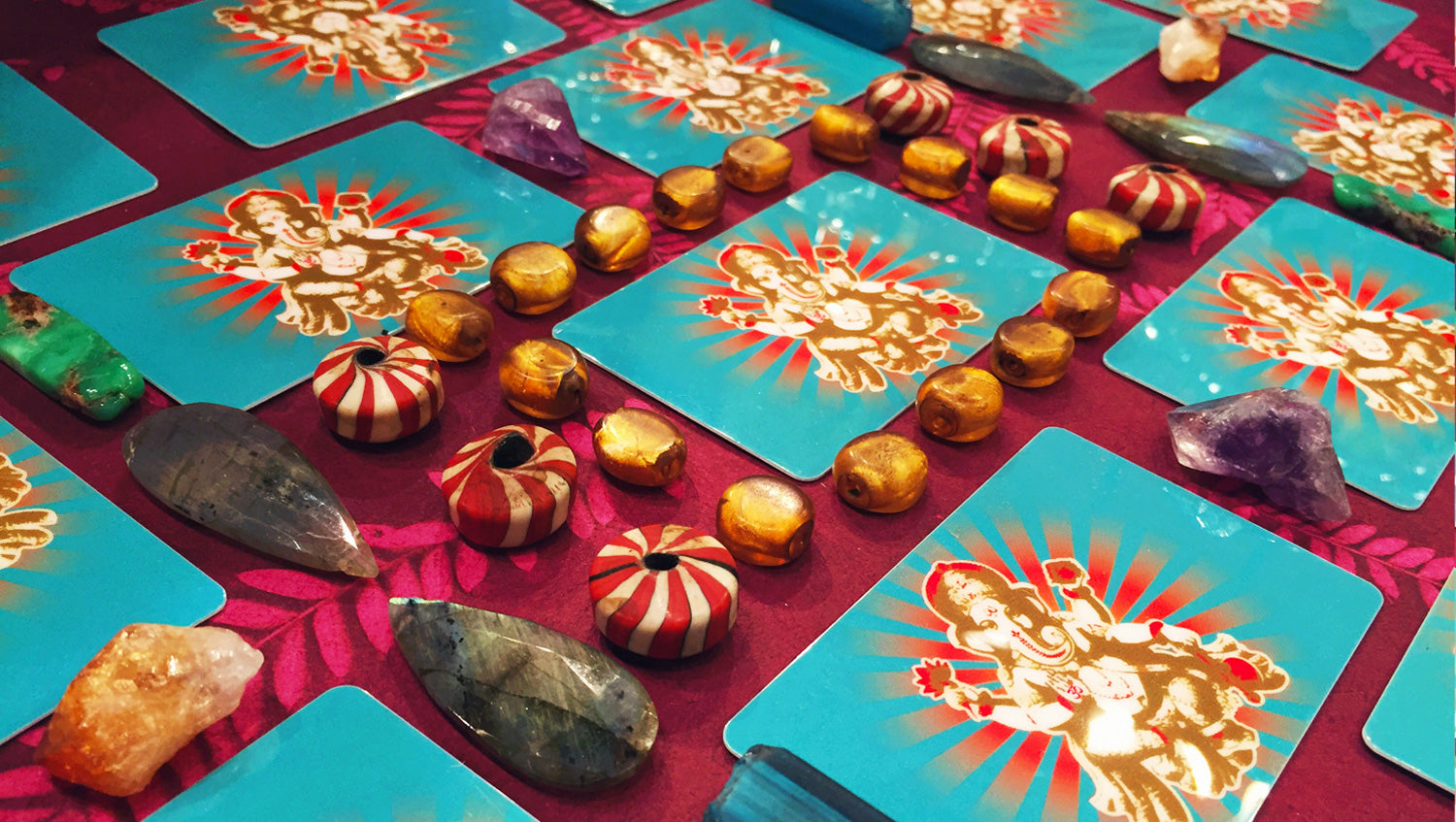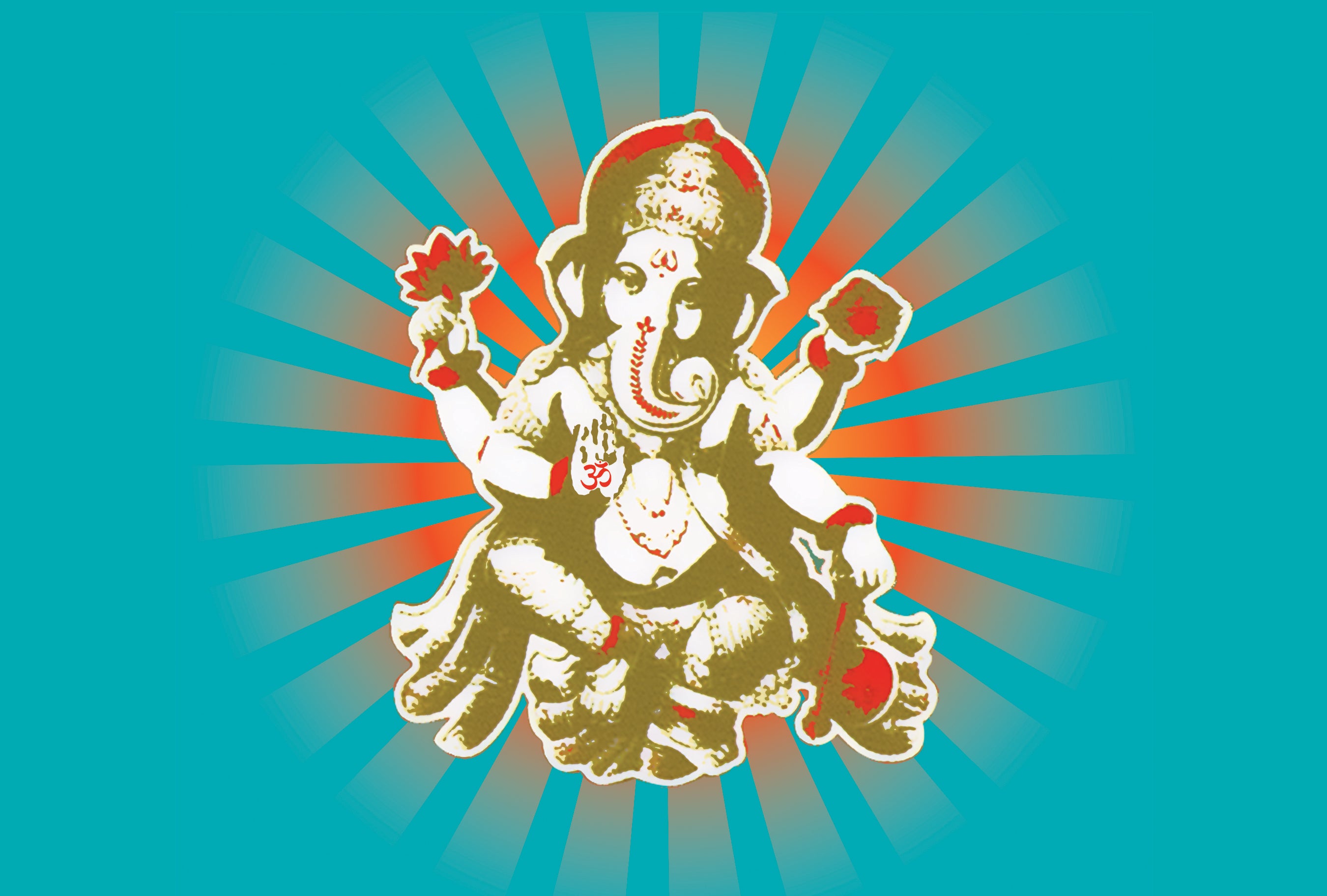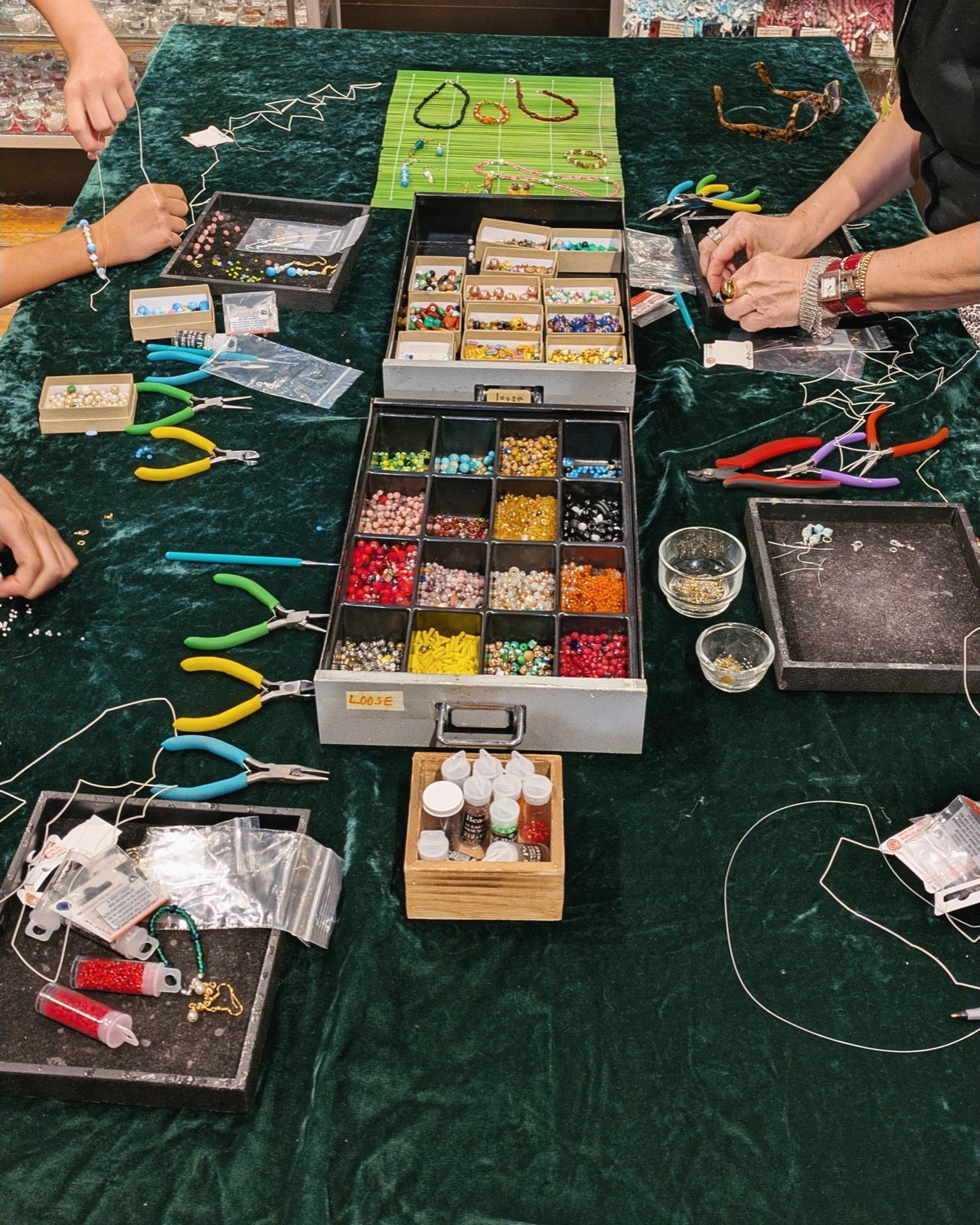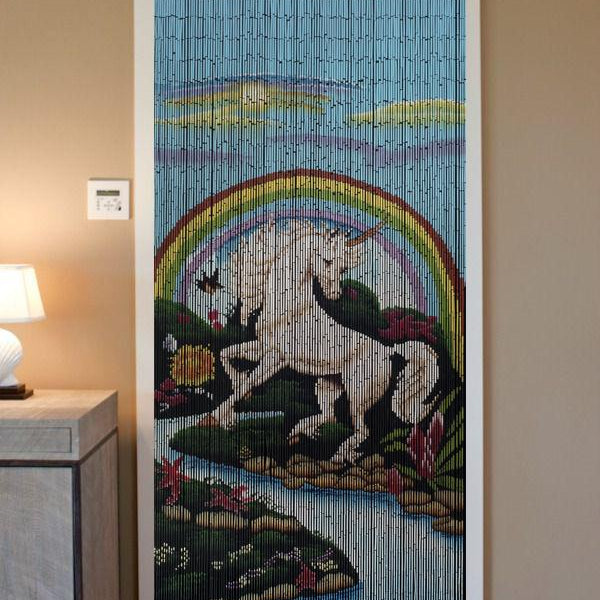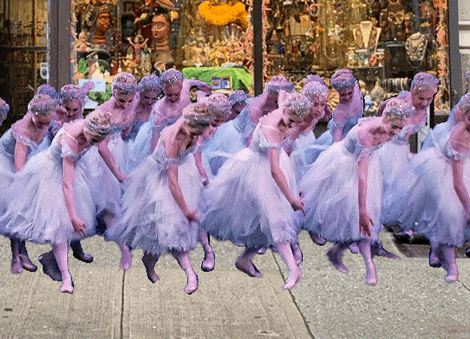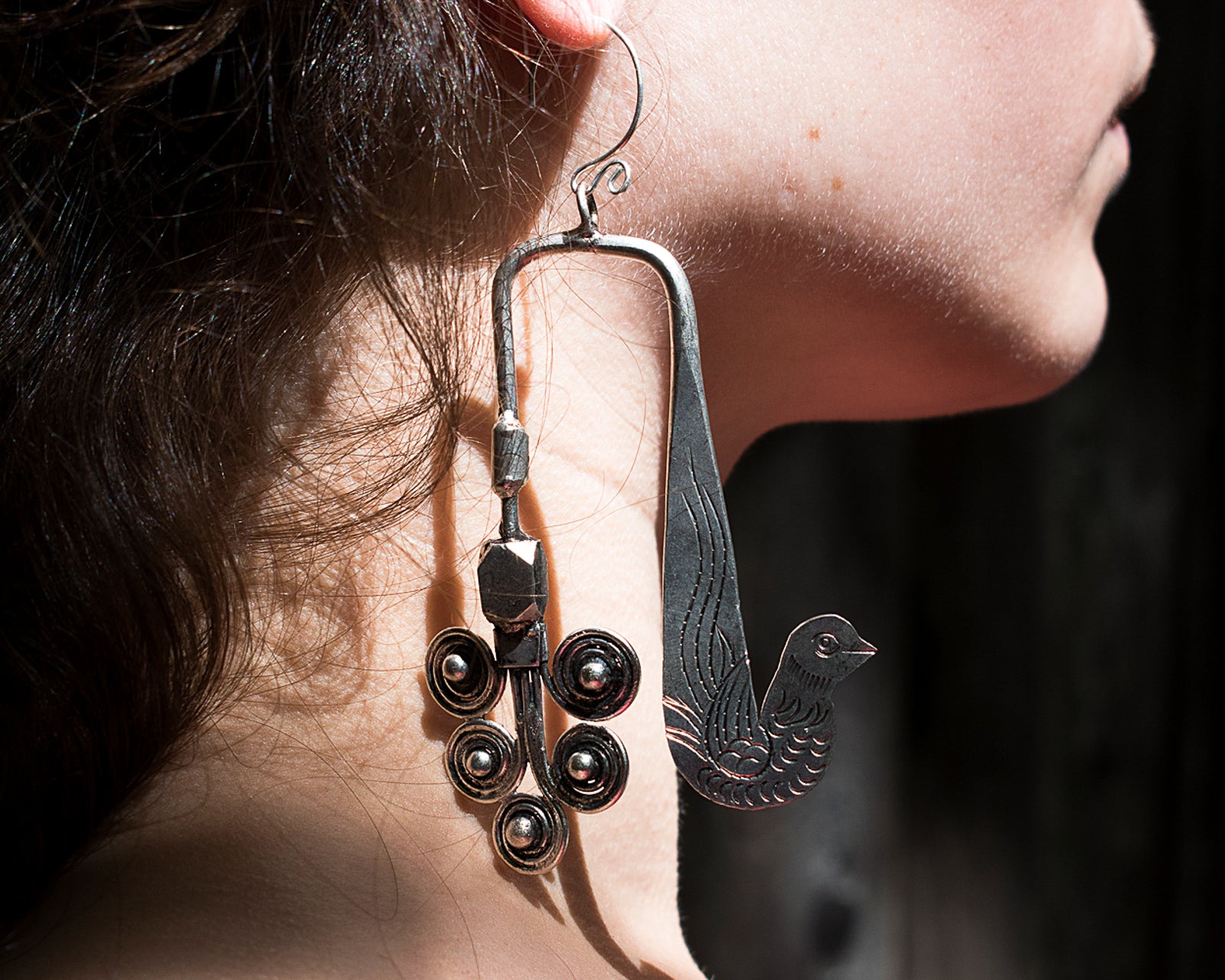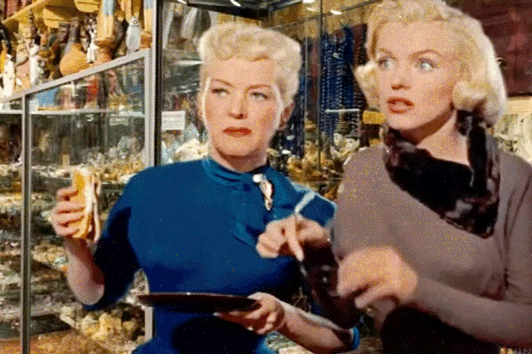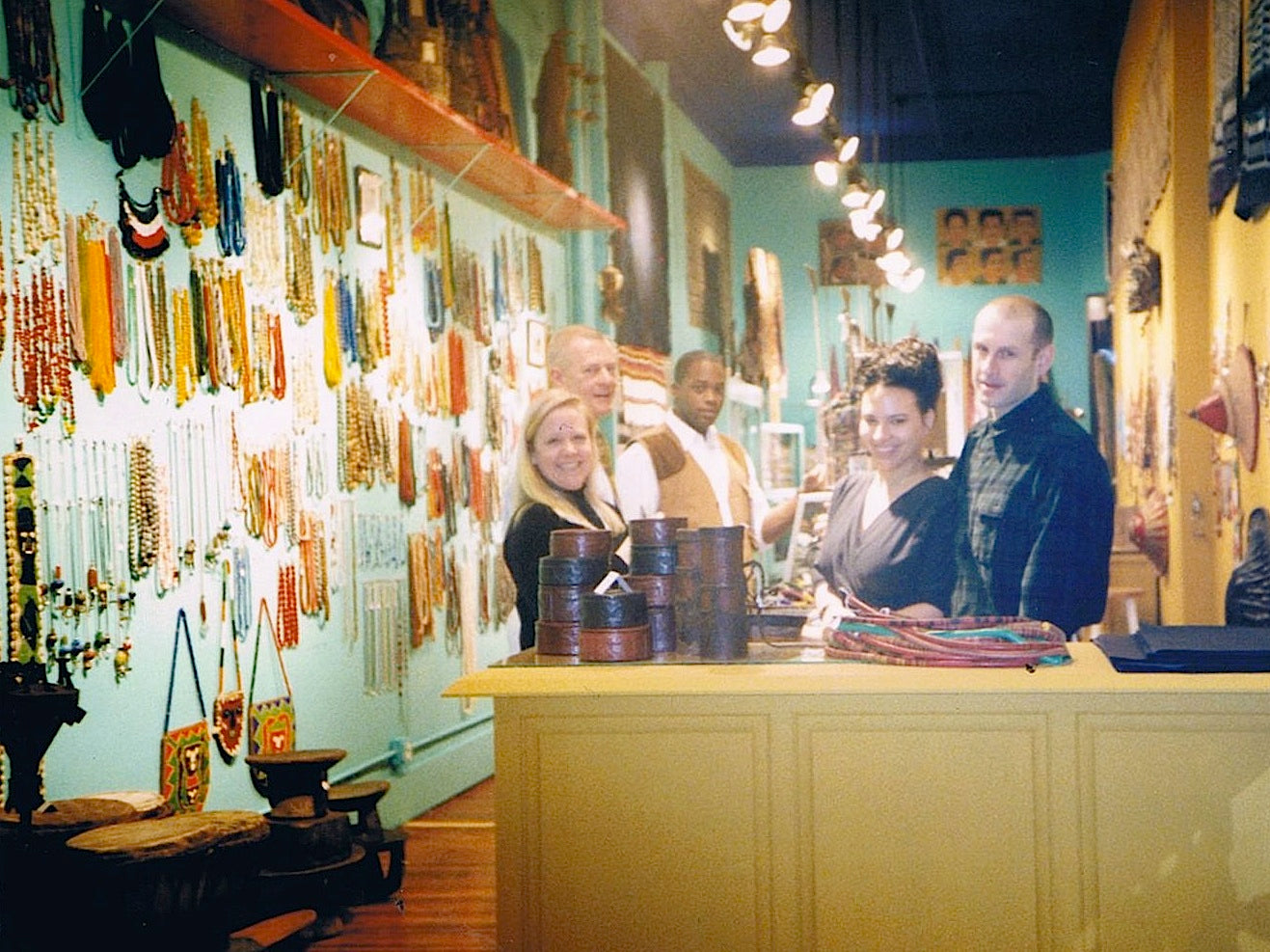Many of us, especially in the west, fear death. It's seen as the end of everything - a door slammed, a book closed, a voice and a soul silenced. It hasn't always been that way, however, and for some cultures around the world it still isn't the norm. While skulls and skeletons and bones may send a
In Tibetan Vajrayana Buddhism, when a whole human skull is decorated it is called ayama, whereas a partially decorated skull is called a kapala, or skullcap. Kapalas used as cups are decorated with silver, brass and sometimes gems and may be carved with Tibetan symbols. As human skull yamas and kapalas have become harder to source, crystal replicas are used in their place and may be decorated in a similar manner. Crystal skulls have the added benefit of carrying their own unique healing energy that some find preferable to bone.
The origins of the Day of the Dead trace all the way back to the Aztec festival honoring the goddess Mictecacihuatl, Queen of the Underworld, who watches over the bones of the dead. This celebration of the continuance of life after death was originally much longer than its current associations, lasting from around the end of July through mid-August, but was shortened after the Spaniards conquered the Aztecs in 1521. The Catholic Spaniards attempted to rid the Aztecs of their rituals and convert them to Catholicism and, when they failed to do so, they reached a sort of compromise. The celebration was shortened to two days and moved to early November so as to correspond with the holidays of All Saint's Day and All Soul's Day.

As a cue to how the universality of death links cultures from around the world, the Tibetan Citipati and Danse Macabre bear a striking resemblance.
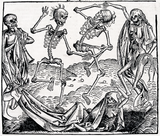 The Citipati are two skeletons, one male and one female, entwined in dance after their heads were cut off by a thief as the two meditated unaware, never leaving their trance. Their symbol is meant to be a visual reminder of the eternal dance of death, perfect awareness and impermanence. They are honored in dance twice yearly, once during summer and once during winter, symbolic of the cycle of life and death.
The Citipati are two skeletons, one male and one female, entwined in dance after their heads were cut off by a thief as the two meditated unaware, never leaving their trance. Their symbol is meant to be a visual reminder of the eternal dance of death, perfect awareness and impermanence. They are honored in dance twice yearly, once during summer and once during winter, symbolic of the cycle of life and death.
Watching these dancing skeletons might have caused a flutter of recognition in your mind; although you may not have been familiar with the Citipati, we're  guessing you've seen all of the bright skulls and skeletons that abound surrounding the celebration of the Day of the Dead. The early November holiday focuses on gatherings of family and friends to pray for and remember friends and family members who have passed. Graves are cleaned and decorated with trinkets, homes are filled with food and candies as well as altars with photographs and momentos of the deceased, and stories and anecdotes are told. Skulls are a common symbol of the holiday, and can be seen in masks (called calacas) and snacks such as chocolate or sugar skulls, inscribed with the name of the recipient.
guessing you've seen all of the bright skulls and skeletons that abound surrounding the celebration of the Day of the Dead. The early November holiday focuses on gatherings of family and friends to pray for and remember friends and family members who have passed. Graves are cleaned and decorated with trinkets, homes are filled with food and candies as well as altars with photographs and momentos of the deceased, and stories and anecdotes are told. Skulls are a common symbol of the holiday, and can be seen in masks (called calacas) and snacks such as chocolate or sugar skulls, inscribed with the name of the recipient.
The origins of the Day of the Dead trace all the way back to the Aztec
The origins of the Day of the Dead trace all the way back to the Aztec festival festival honoring the goddess Mictecacihuatl, Queen of the Underworld, who watches over the bones of the dead. This celebration of the continuance of life after death was originally much longer than its current associations, lasting from around the end of July through mid-August, but was shortened after the Spaniards conquered the Aztecs in 1521. The Catholic Spaniards attempted to rid the Aztecs of their rituals and convert them to Catholicism and, when they failed to do so, they reached a sort of compromise. The celebration was shortened to two days and moved to early November so as to correspond with the holidays of All Saint's Day and All Soul's Day.
These two holidays are actually a part of a trifecta of Catholic days of worship collectively referred to as Hallowmas, beginning with All Hallow's Eve, which we now know as October 31st's Halloween. Our modern version of this holiday, filled with candy and costumes, originates with the Celtic (with possibly Pagan roots) harvest "Samhain" and "Calan Gaeaf" harvest festivals. These festivals marked the end of summer and the beginning of winter, and were considered a point in time during which spirits could more easily come into our world, allowing souls to revisit their homes. While these familial souls were welcomed in their homes with a feast and a place at the table, at the same time this influx of spirits and fairies were seen as capable of causing home and so needed warding off. These rituals, such as "guising" and "souling" meant for warding off spirits are where our modern Halloween customs of dressing up in costume, going door to door for candy, carving Jack-O-Lanterns and so on arose.
So many cultures have rich traditions surrounding death, and it's fascinating to see how so many of these rituals were more of a celebration and honoring than a mourning. These traditions and their similarities can be traced from North to South and East to West, all around the world in a dance across time and space, joined together in impermanence.
